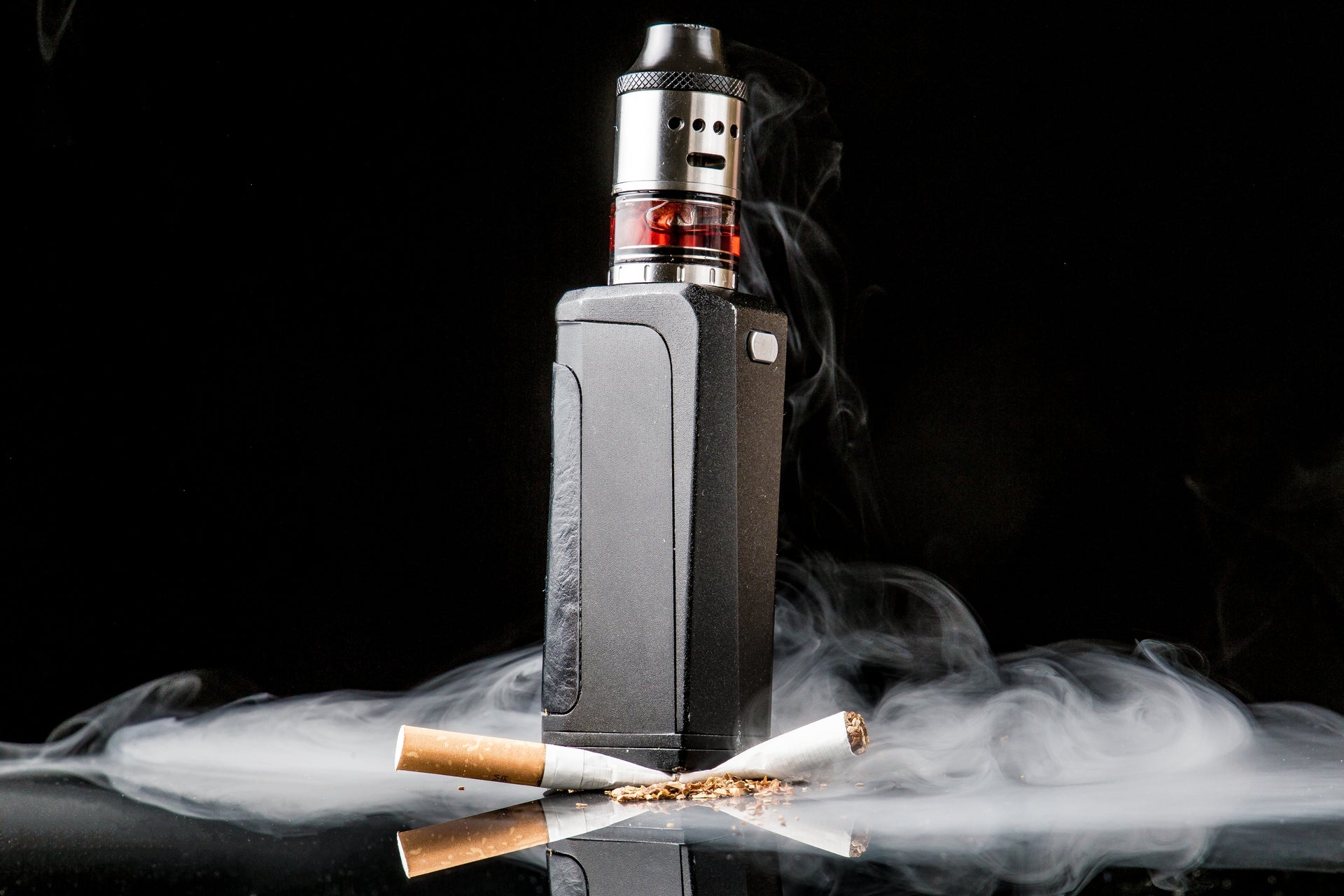
Vaping Myths Debunked: Separating Facts from Fiction
In recent years, vaping has gained significant popularity as an alternative to traditional smoking. However, along with its rise, numerous myths and misconceptions have emerged surrounding vaping. In this blog post, Nexus will debunk common vaping myths, providing you with accurate information to help you make informed decisions about vaping. (*please do your own research too)
Myth 1: Vaping is as harmful as smoking cigarettes.
While vaping does involve inhaling aerosol (vapor) containing nicotine and other substances, it lacks the harmful combustion process associated with burning tobacco in traditional cigarettes. Extensive research suggests that vaping is a less harmful alternative for adult smokers who switch completely.
Myth 2: Vaping causes popcorn lung.
The myth that vaping causes popcorn lung, a severe lung disease, stems from an ingredient called diacetyl, which was previously found in some e-liquids. However, diacetyl is now rarely used in e-liquids, especially those manufactured by reputable brands. The levels of diacetyl found in e-cigarettes were significantly lower than those found in traditional cigarettes. The risk of developing popcorn lung from vaping is extremely low.
Myth 3: Vaping is a gateway to smoking for teenagers.
While it is crucial to prevent underage vaping, research suggests that vaping is not a significant gateway to smoking for teenagers. Many studies indicate that the majority of teenagers who experiment with vaping have already tried cigarettes or other substances. Effective regulations and education are essential to discourage underage vaping.
Myth 4: Vaping emits harmful secondhand smoke.
Vaping produces aerosol, not smoke, and the composition of this aerosol is significantly different from that of secondhand smoke from cigarettes. While secondhand exposure to vaping aerosol may contain some potentially harmful substances, the levels are significantly lower compared to traditional cigarette smoke. However, it is always considerate to avoid vaping around nonsmokers or in public spaces where vaping is prohibited.
Myth 5: Vape devices explode frequently.
Instances of vape devices exploding are rare and typically result from improper use or using counterfeit or poorly manufactured devices. Following proper battery safety, using recommended chargers, and purchasing devices from reputable sources significantly reduces the risk of device malfunctions.
Knowing the facts from fiction is crucial when it comes to understanding vaping. While no form of nicotine use is entirely risk-free, current scientific evidence suggests that vaping is a less harmful alternative to smoking traditional cigarettes. By dispelling these common myths, we aim to provide accurate information to help individuals make informed decisions about their vaping choices. As with any health-related decision, it's essential to consult reputable sources and stay updated with ongoing research and regulations.
